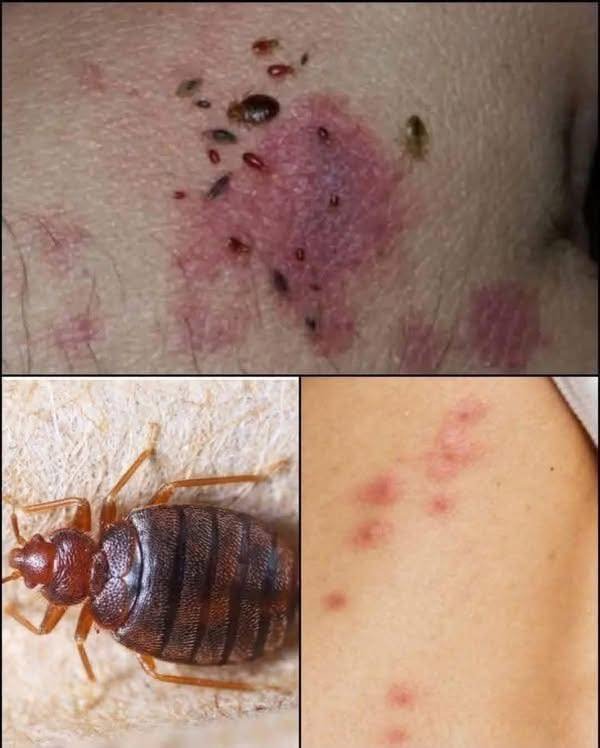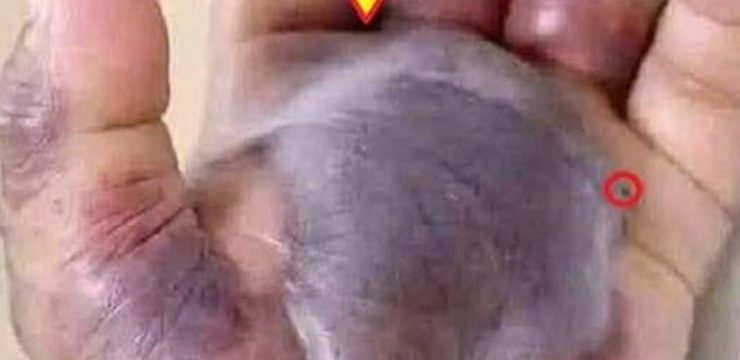If you’ve ever noticed strange dots or patches appearing on your skin and wondered what they could mean, you’re not alone—and this is something you shouldn’t ignore. Skin rashes and discolorations might seem harmless at first glance, but they can sometimes signal a much deeper issue.

A recent video aims to shed light on this important subject by offering a clear, informative guide to recognizing common skin rashes in adults and understanding what they might be trying to tell you. Whether you’re someone who’s experiencing a sudden breakout, a parent or caregiver worried about a loved one, or just someone curious about those unusual marks that don’t seem to go away, this video breaks down everything you need to know in a straightforward and approachable way. It covers both common and potentially serious conditions, walking you through symptoms, causes, and treatment options.
The truth is, skin rashes are more than just an inconvenience or cosmetic annoyance. They can often be early warning signs of something much more serious. While many rashes are due to minor issues like allergic reactions, dry skin, or contact dermatitis, others may indicate infections such as shingles or ringworm, autoimmune disorders like lupus or psoriasis, or even certain types of cancer. The tricky part is that many of these conditions present in similar ways—redness, bumps, itching, inflammation—which makes it hard for the average person to tell the difference. That’s why this educational video is such a valuable resource. It teaches viewers how to identify key differences in the appearance and behavior of rashes.
For instance, if a rash forms a ring shape and spreads outward, it might suggest a fungal infection. If it’s blistering and painful, shingles could be the culprit. A sudden rash that’s scaly and appears on the elbows or knees? That could be psoriasis. The video walks viewers through each of these conditions with helpful visuals and expert commentary that makes complex dermatological information easier to understand. But this guide doesn’t just explain what rashes look like—it also empowers you to take action. Knowing when to treat something at home versus when to seek medical help is crucial. Many people waste time and money guessing what a rash might be, using over-the-counter creams that don’t work, or even ignoring it altogether until it worsens.
The video offers advice on effective home remedies for minor irritations, as well as guidelines for when it’s time to make a doctor’s appointment. You’ll also learn about preventative measures—simple things like maintaining good hygiene, choosing the right skincare products, managing stress, and being mindful of allergens and irritants that can trigger flare-ups. The video emphasizes that taking care of your skin is not just about beauty or appearance, but about health and well-being. It’s especially useful for people with chronic conditions like eczema or rosacea, as well as those who may be immunocompromised or more susceptible to infections. What makes this video stand out is its balance between professional insight and practical tips. It doesn’t talk down to viewers or overload them with medical jargon. Instead, it encourages a proactive and thoughtful approach to skin health. It reminds you that your skin is the body’s largest organ, and often, one of the first places symptoms of illness appear. Paying attention to it can make all the difference in catching problems early, before they become more serious. If you’ve ever felt unsure about a rash or spot on your skin, this video gives you the confidence to understand what’s normal and what’s not. It’s not meant to replace professional medical advice, but rather to serve as a first line of defense—helping you recognize when something needs further evaluation. Whether you’re in healthcare, caring for someone else, or just want to better understand your own body, this is the kind of educational content that truly makes a difference. Your skin can communicate more than you realize, and learning to interpret its signals might be one of the most important health decisions you make. So the next time you spot something unusual, don’t brush it off—watch closely, ask questions, and remember that knowledge is the first step toward better health.





